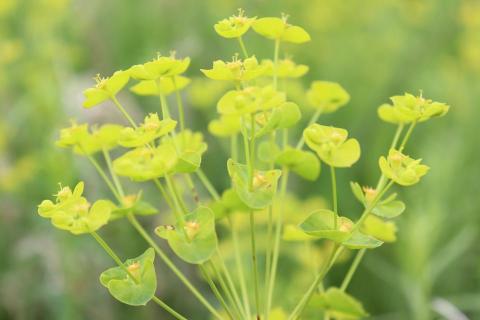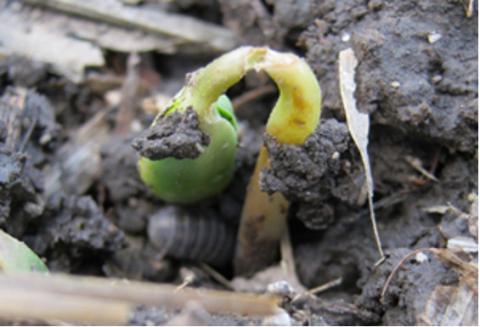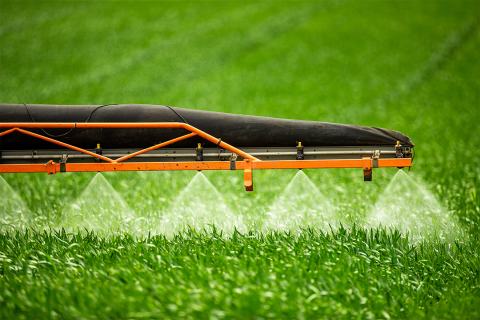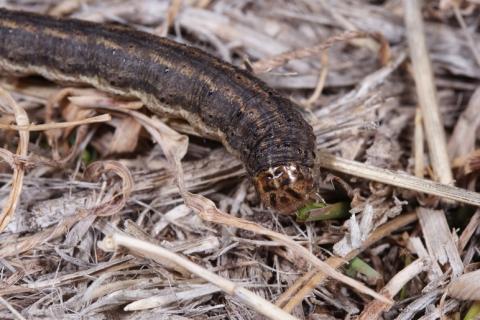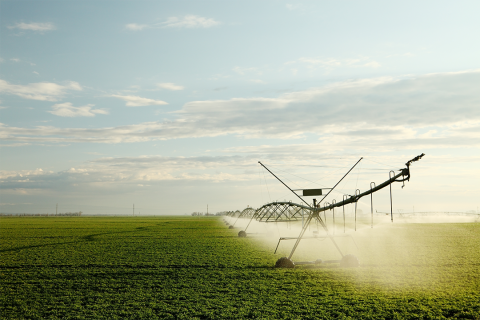Pasture and Forage Minute: Controlling Leafy Spurge and Alfalfa Weevil, Planting Warm-season Annuals
May 28, 2024
Strategies for reducing spread of leafy spurge and scouting for alfalfa weevil, plus insights on selecting and planting warm-season annuals.
Pillbugs Causing Injury to Soybean Crops in Nebraska
May 23, 2024
Management of pillbugs is challenging. While some insecticides and planting strategies may help control pillbug populations, producers should carefully weigh the pros and cons of each approach.
Pasture and Forage Minute: Retaining Silage Quality During Feedout, Grasshopper Management
May 21, 2024
Tips on retaining silage condition during feedout, planning the optimal time for grass hay harvest, and controlling grasshopper in rangeland and forages.
Current Use of Chlorpyrifos and Food Tolerances
May 9, 2024
Nebraska Extension educators share guidance on the use of chlorpyrifos products on food and feed crops in the U.S.
Vélez is a Leader in Genetic Technology to Contain Corn Rootworm
May 2, 2024
Husker scientist Ana Maria Vélez is pioneering a genetic technology that increases larvae mortality to suppress western corn rootworm, which annually causes up to $2 billion in yield loss and control costs in the Corn Belt.
Nebraska Extension Offers Introductory-level Crop Scout Training May 21
May 1, 2024
The 2024 training course will review a wide variety of crop scouting concerns, such as drone scouting best practices, identifying nutrient deficiencies and insect damage in corn and soybean, and detecting weed seedlings.
Pasture and Forage Minute: Fertilizing Cool-season Pasture, Army Cutworm Control
April 29, 2024
Extension educators review timelines for turnout to summer pastures, calculating returns on fertilizing cool-season pastures, and tips for scouting army cutworm in alfalfa fields.
Pasture and Forage Minute: Early Season Irrigation, Controlling Alfalfa Weevil
April 23, 2024
This week, extension educators discuss strategies for early season irrigation of alfalfa to lower seasonal water use, controlling alfalfa weevil and flash grazing in spring to mitigate early pasture weeds.
